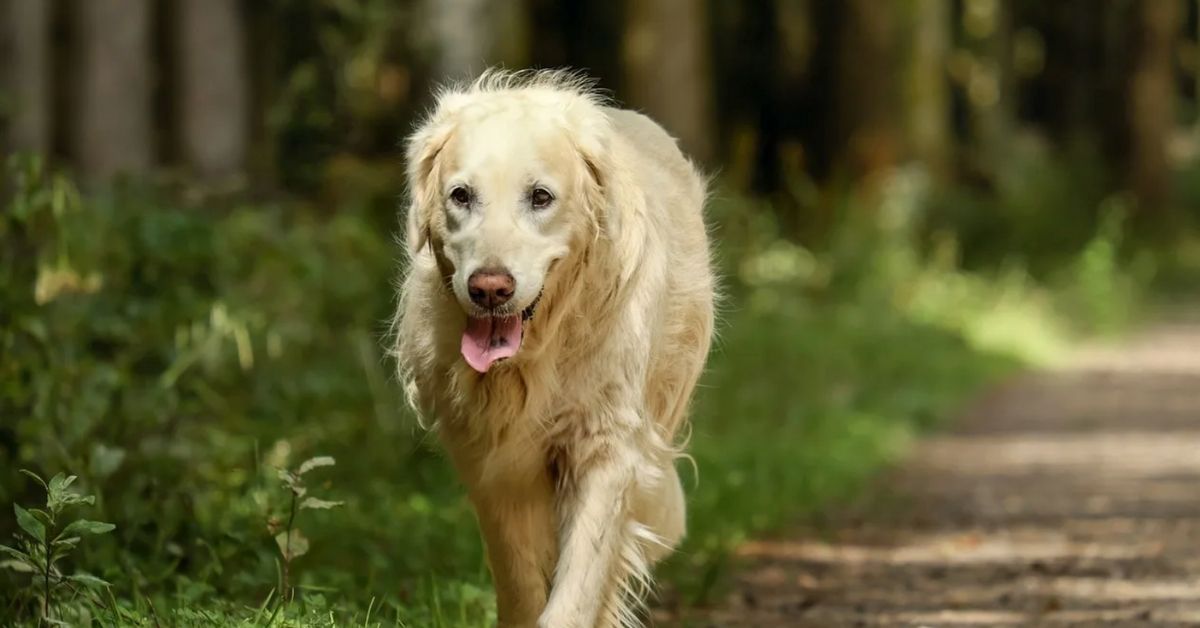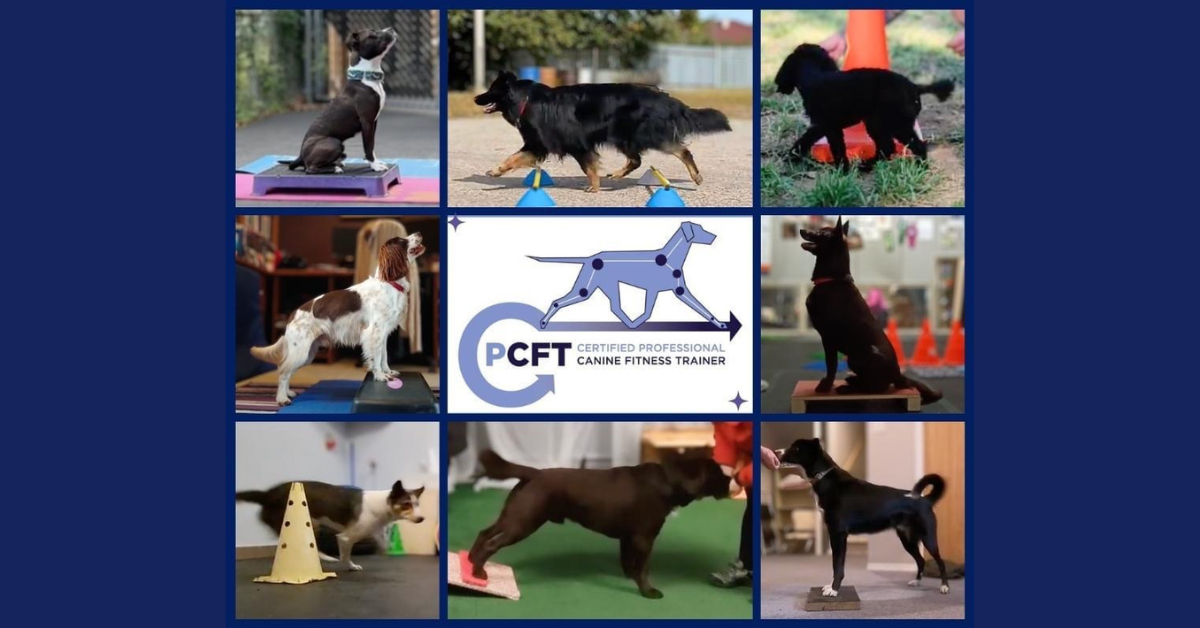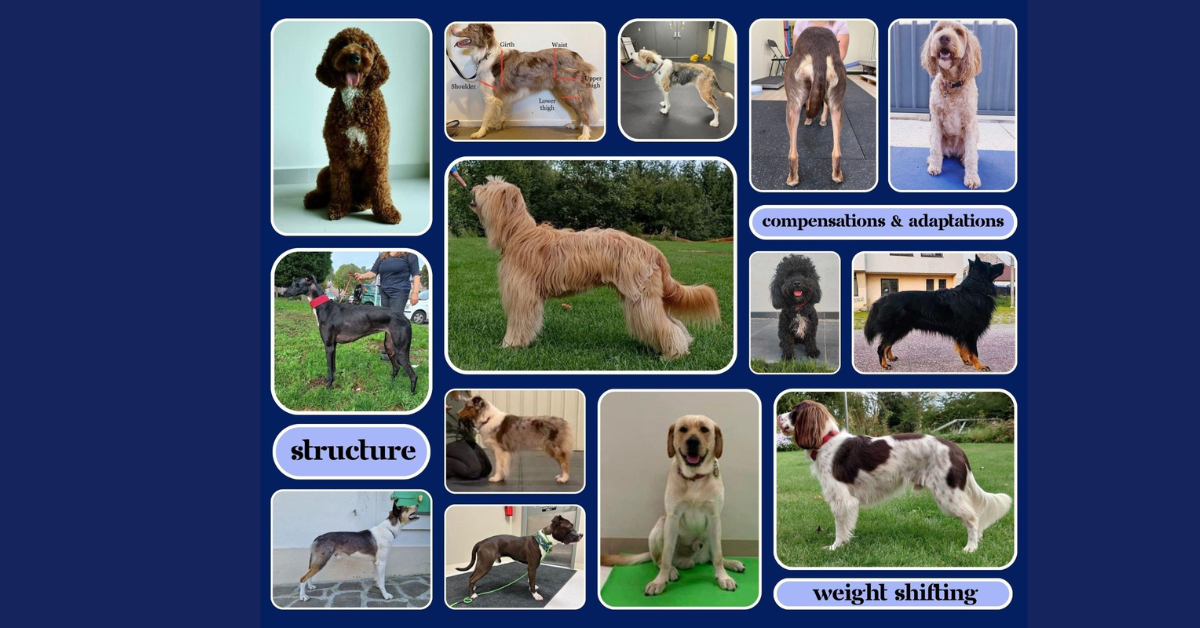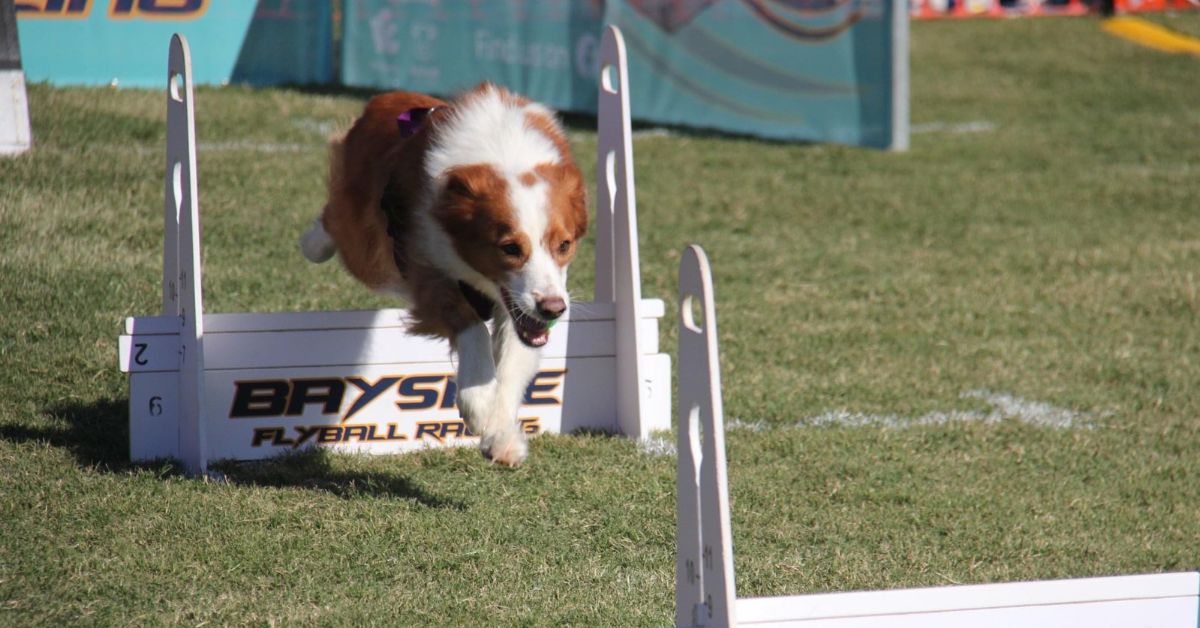Arthritis is the most common health problem in senior dogs. So if you own a dog, chances are that you will have to deal with this issue at some stage. The key to detecting any issues early is to take advantage of the health and wellness checks offered by your vet, some even provide a dedicated Senior Pet program.
What is Canine Arthritis?
Nature’s solution to motion are biological hinges – two slick, smooth surfaces coating the bones that form each joint. The ends of the bones that form all movable joints are formed of a cushiony layer of cartilage that is coated by a slick slippery membrane called the synovium. To reduce friction, the space in between is filled with an oily fluid; and the whole structure is bound together with a series of fibrous tissue and ligaments.
The secret to the long-term success of this wonderful apparatus is that its components are all living and capable of repair. But as dogs age, this repair process becomes less and less successful and makes errors. With years of repeated movement, several things begin to happen.
The fibrous elastic sheets (fascia) and the ligaments begin to stretch, allowing the bones that form the joint to rattle slightly as they move. This in turn bruises and erodes the joints surfaces causing inflammation.
And as these surfaces continue to move, the inflammation causes new bone to be laid down where it does not belong, causing pain, and bone to be reabsorbed from where it is critically needed. This is called remodelling and it is a vicious painful cycle. Taken all together, this is what arthritis is.
The problems that lead to arthritis begin early in your pet’s life. But because joints are tough and reparative, you probably will not notice pain or lameness in your pet during its younger years.
When a particular joint is damaged through accident, or born misaligned, it may not be able to repair itself. If your dog was born with abnormally shaped bones or abnormally lax joints (Dysplasia) arthritis may appear in its youth.
Large and giant breeds that are prone to Dysplasia include German Shepherds, Golden Retrievers, Great Danes, Labrador Retrievers, Rottweilers, Saint Bernards etc. and they tend to develop arthritis sooner. It also runs in families or lines of dogs so if the parents of your pet did not develop arthritis until a ripe old age, your pet probably won’t either, therefore it is essential to buy your puppy from a reputable registered breeder.
Very active dogs – working dogs or those competing in sports like agility, flyball or canine disc – can easily wear out a joint by the time they’re middle aged and an injured and untreated joint can quickly develop arthritis.
What are the first signs of Arthritis?
The telltale sign of arthritis in older dogs is a reluctance to move about. As your dog’s joints age, he will become more reluctant to run or play for long periods.
He won’t be bouncing up and down the stairs and you may notice he is stiff or even limping when he rises in the morning? These changes almost always come on very gradually so it is easy to ignore or not notice signs at first.
Larger dogs were bred to be very pain-resistant and stoic so they won’t let you know that they are in pain until their arthritis problem is quite advanced. As dogs guard their sore joints, the muscles and ligaments contract, decreasing the joint’s range of motion. You may notice that your pet no longer jumps up on sofas and chairs as it once did?
One common symptom of age-related arthritis is that joints tend to be stiffer and more painful after periods of rest and that pain tends to work itself out during the day. By evening, your pet may be its old self again.
"Arthritis problems tend to be worse in overweight pets"
How does your vet diagnose arthritis?
Your vet has learnt to be a very good judge of the subtle signs that dogs give to tell us that they are in pain. It may be just a worried look in their eyes when the veterinarian overly flexes their joints. Or you pet may withdraw its leg, or even growl or snap.
The major muscle masses of your pet’s legs and spine may have shrunk (atrophied) due to disuse and your dog may wince when areas of its spine are palpated.
But the key tests your veterinarian will perform are x-rays. Depending on how subtle the changes are, it may take more than a single x-ray film. X-rays of advanced arthritic joints are very distinctive. Most veterinarians will set these x-rays up in the exam room and point out to you the important bone changes that they are seeing.
How can hydrotherapy help my dog with arthritis?
Swimming or walking underwater (canine hydrotherapy) is excellent for pets with arthritis or recovering from surgery as it is a low-impact aerobic exercise that works to strengthen the muscles around injured joints and helps maintain a more stable joint.
Short periods of increased warmth, interspersed with cold, are proven to decrease your pet’s aches and pains.
Added heat from heating pads and soaks in heated water relax muscles, increase the circulation in the affected areas which in turn lessens the pain. Those effects persist for many hours after the external heat source is removed.
In Summary
If you would like to know more about how hydrotherapy can help your beloved pet, please contact me and I’d be happy to walk you through it.
Article Source: Australian Dog Lover




